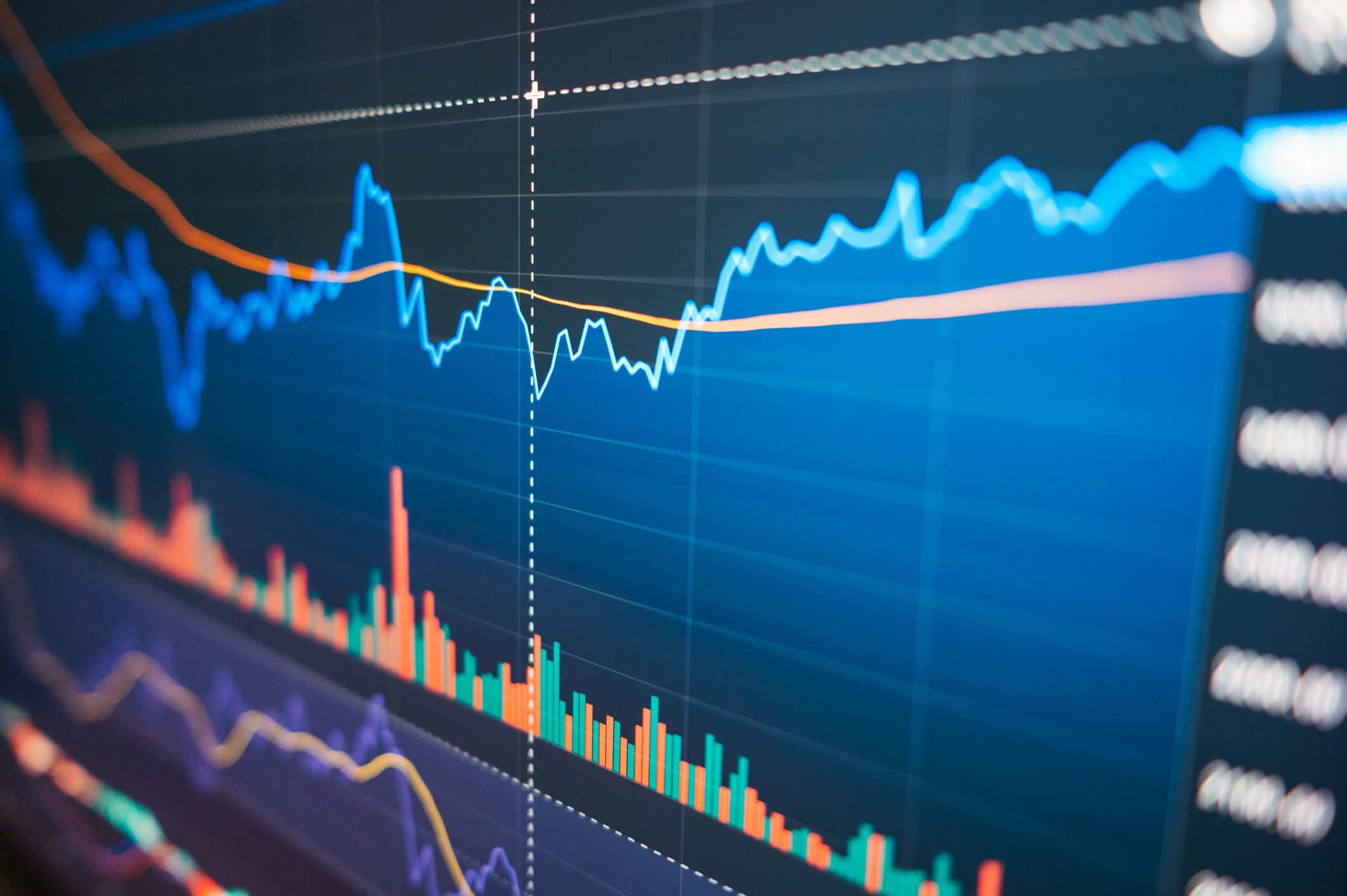Upcoming Spin-Offs Worth Investing In
We name three attractively priced companies that are heading for splitsville.

In matters of romance, breaking up may be hard to do. But when it comes to business, corporate chieftains suffer little separation anxiety. Last year, 65 publicly traded firms broke up or spun off some of their units (the most since 2000), and as many as 55 firms may do so this year, says Joe Cornell, editor of the Spin-Off Research newsletter.
Quiz: Wall Street Truth Or Bunk
Investing in spin-offs has been rewarding. Over the past five years, the Bloomberg U.S. Spin-Off index returned an annualized 25.1%, compared with 16.9% for Standard & Poor’s 500-stock index. The index tracks the prices of shares in newly spun-off companies, from the first trading day to the end of their third year of independence. Over the same period, Guggenheim Spin-Off ETF (symbol CSD), an exchange-traded fund that tracks up to 40 spin-off stocks, earned 20.3% annualized. (Returns and share prices are as of June 5.)
To make money, look for a breakup that makes strategic sense. In a sound deal, a sprightlier parent company can focus on its core business, and the jettisoned firm can escape the shadow of its parent and grow on its own merit. Of course, not every breakup is a winner. “Some can create shareholder value, and others are just rearranging the deck chairs on the Titanic,” says David Berkowitz, co-chief investment officer of the RiverPark Funds. Plus, the price has to be right. You can buy before the split or after, but “valuation always matters,” says William Mitchell, a hedge fund manager who specializes in spin-offs.

Sign up for Kiplinger’s Free E-Newsletters
Profit and prosper with the best of expert advice on investing, taxes, retirement, personal finance and more - straight to your e-mail.
Profit and prosper with the best of expert advice - straight to your e-mail.
One promising breakup is the plan by eBay (EBAY, $63) to spin off its PayPal unit later this year. Though details aren’t out yet, the two businesses may be better off apart. By spinning off fast-growing PayPal, eBay can focus on its struggling online-auction business. We’re not endorsing eBay because we think the stock, which has jumped 32% since mid October, is too pricey. Using a “sum of the parts” calculation, newsletter editor Cornell thinks eBay is worth $60 a share.
Danaher (DHR, $86) is a better bet. Arguably one of America’s least-known industrial giants (its market value is $61 billion), the Washington, D.C.–based conglomerate announced plans in May to split in two. One firm will retain the Danaher name and focus on the rapidly growing science and technology businesses (including Pall, a maker of filtration and purification systems, which Danaher is buying in a deal expected to close before year-end). The other firm, whose name has yet to be determined, will hold Danaher’s steady, highly profitable industrial businesses, including the unit that makes testing and measurement instruments. The breakup, which is likely to occur in late 2016, will allow both sides to rev up acquisitions and spur growth, says UBS analyst Shannon O’Callaghan, who pegs Danaher’s worth today at $94 per share.
Cornell favors two other upcoming breakups: Barnes & Noble (BKS, $25) and SPX Corp. (SPW, $74). B&N plans to spin off its college stores as Barnes & Noble Education in August. Cornell thinks the book-retailing and campus-bookstore businesses combined are worth $27 a share. After the split, the ailing bookseller will be able to focus on reviving its stores and its ho-hum Nook e-reader. And the Education division, which the firm says reaches 24% of students in the U.S. with its 714 campus stores, is one of the largest contract operators of campus bookstores in the U.S.
SPX, a conglomerate that makes, among other things, processing systems for the food industry and cooling systems for power-generation plants, plans to spin off its flow-control business this year. That unit, which accounted for 55% of SPX’s sales in 2014, makes products that are used to process, blend and transport fluids for various industries. Cornell thinks SPX’s parts are worth $86 a share in total.
Get Kiplinger Today newsletter — free
Profit and prosper with the best of Kiplinger's advice on investing, taxes, retirement, personal finance and much more. Delivered daily. Enter your email in the box and click Sign Me Up.

Nellie joined Kiplinger in August 2011 after a seven-year stint in Hong Kong. There, she worked for the Wall Street Journal Asia, where as lifestyle editor, she launched and edited Scene Asia, an online guide to food, wine, entertainment and the arts in Asia. Prior to that, she was an editor at Weekend Journal, the Friday lifestyle section of the Wall Street Journal Asia. Kiplinger isn't Nellie's first foray into personal finance: She has also worked at SmartMoney (rising from fact-checker to senior writer), and she was a senior editor at Money.
-
 Stock Market Today: Stocks Gain on Tech, Auto Tariff Talk
Stock Market Today: Stocks Gain on Tech, Auto Tariff TalkThe Trump administration said late Friday that it will temporarily halt tariffs on some Chinese tech imports.
By Karee Venema
-
 Sam's Club Plans Aggressive Expansion: Discover Its New Locations
Sam's Club Plans Aggressive Expansion: Discover Its New LocationsSam's Club expansion plans will open up to 15 new stores each year. Learn where they plan to open in 2025.
By Sean Jackson
-
 Why Is Warren Buffett Selling So Much Stock?
Why Is Warren Buffett Selling So Much Stock?Berkshire Hathaway is dumping equities, hoarding cash and making market participants nervous.
By Dan Burrows
-
 If You'd Put $1,000 Into Google Stock 20 Years Ago, Here's What You'd Have Today
If You'd Put $1,000 Into Google Stock 20 Years Ago, Here's What You'd Have TodayGoogle parent Alphabet has been a market-beating machine for ages.
By Dan Burrows
-
 Stock Market Today: Stocks Retreat Ahead of Nvidia Earnings
Stock Market Today: Stocks Retreat Ahead of Nvidia EarningsMarkets lost ground on light volume Wednesday as traders keyed on AI bellwether Nvidia earnings after the close.
By Dan Burrows
-
 Stock Market Today: Stocks Edge Higher With Nvidia Earnings in Focus
Stock Market Today: Stocks Edge Higher With Nvidia Earnings in FocusNvidia stock gained ground ahead of tomorrow's after-the-close earnings event, while Super Micro Computer got hit by a short seller report.
By Karee Venema
-
 Stock Market Today: Dow Hits New Record Closing High
Stock Market Today: Dow Hits New Record Closing HighThe Nasdaq Composite and S&P 500 finished in the red as semiconductor stocks struggled.
By Karee Venema
-
 Stock Market Today: Stocks Pop After Powell's Jackson Hole Speech
Stock Market Today: Stocks Pop After Powell's Jackson Hole SpeechFed Chair Powell's Jackson Hole speech struck a dovish tone which sent stocks soaring Friday.
By Karee Venema
-
 Stock Market Today: Stocks Drop Ahead of Powell's Jackson Hole Speech
Stock Market Today: Stocks Drop Ahead of Powell's Jackson Hole SpeechSentiment turned cautious ahead of Fed Chair Powell's highly anticipated speech Friday at the Jackson Hole Economic Symposium.
By Karee Venema
-
 Stock Market Today: Stocks Rise After Jobs Data Lifts Rate-Cut Odds
Stock Market Today: Stocks Rise After Jobs Data Lifts Rate-Cut OddsPreliminary data from the Bureau of Labor Statistics shows job growth was lower than previously estimated.
By Karee Venema